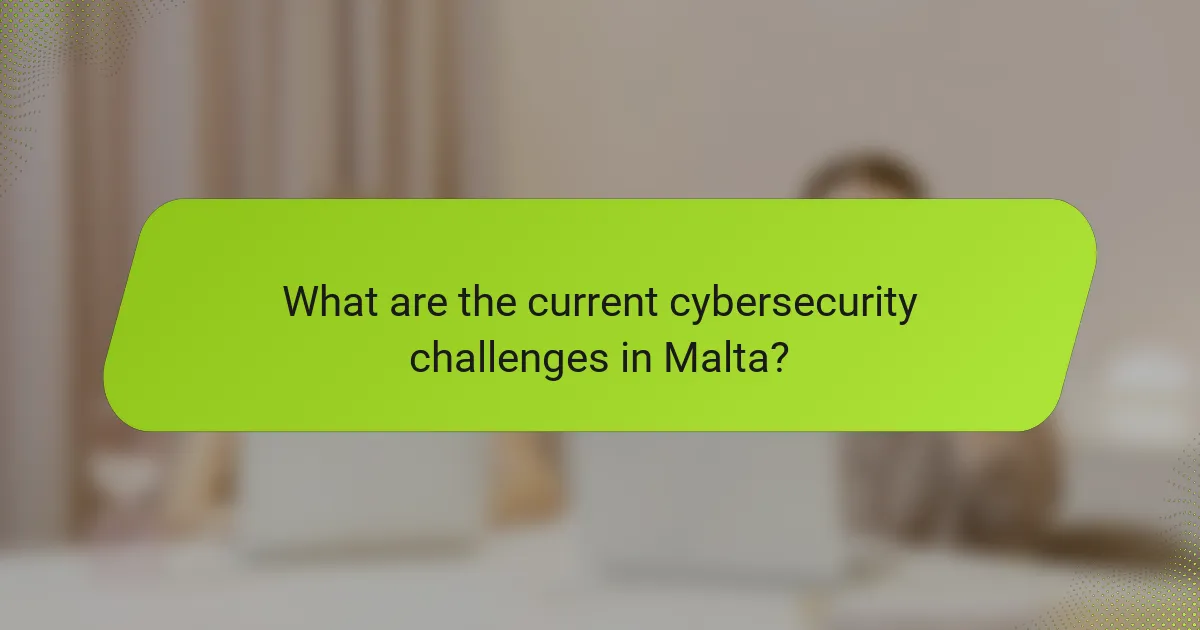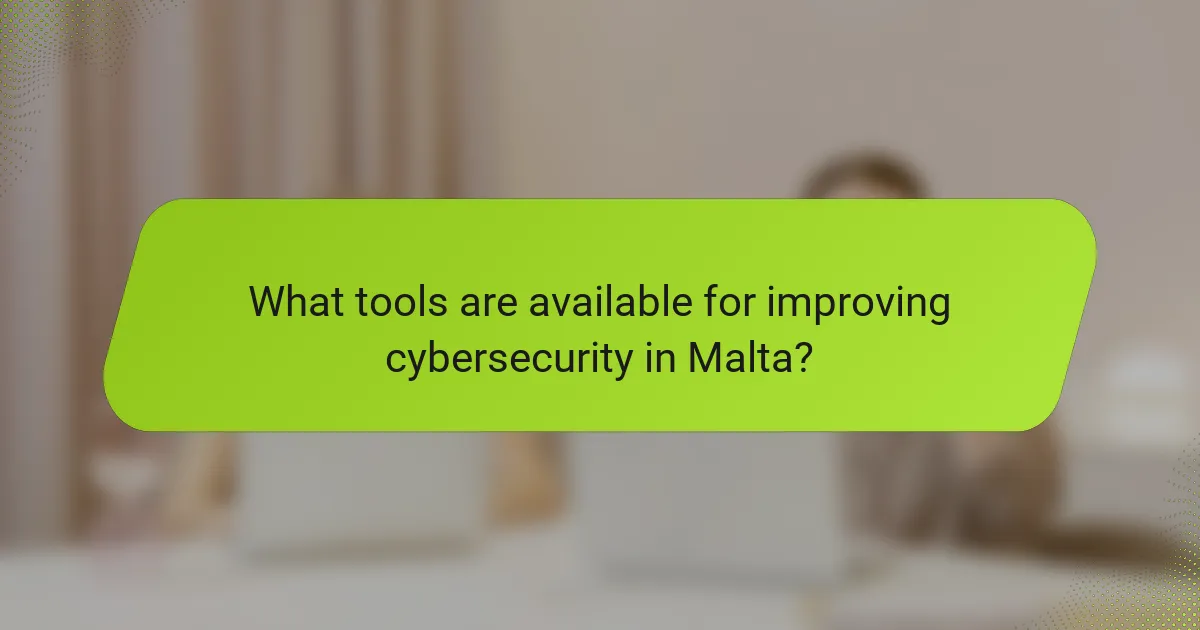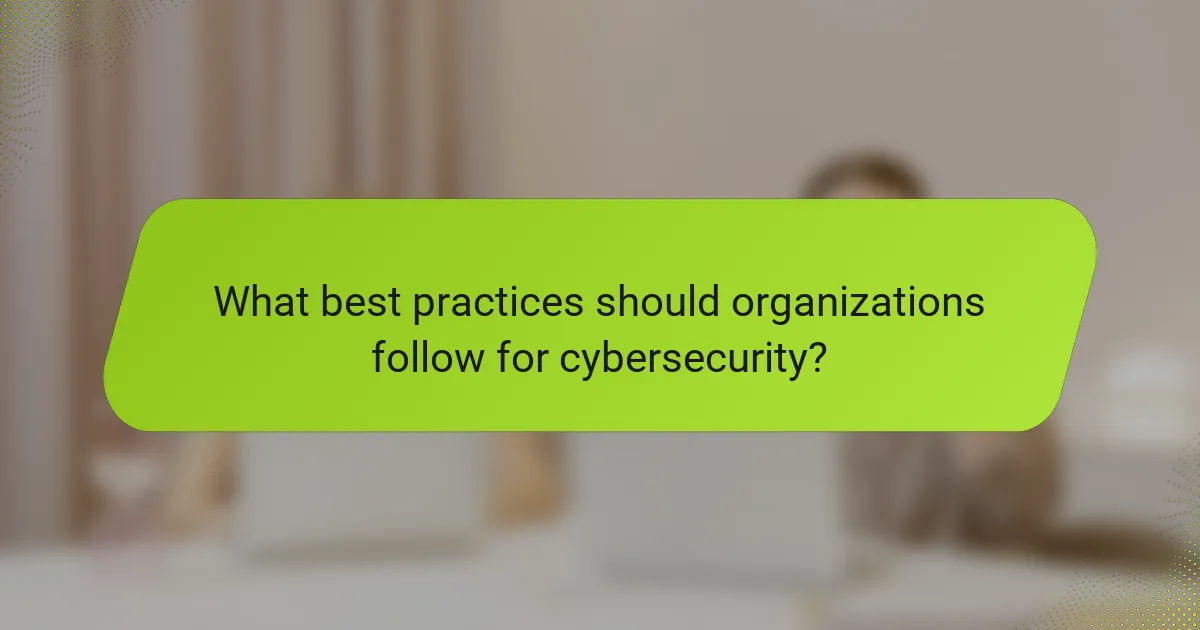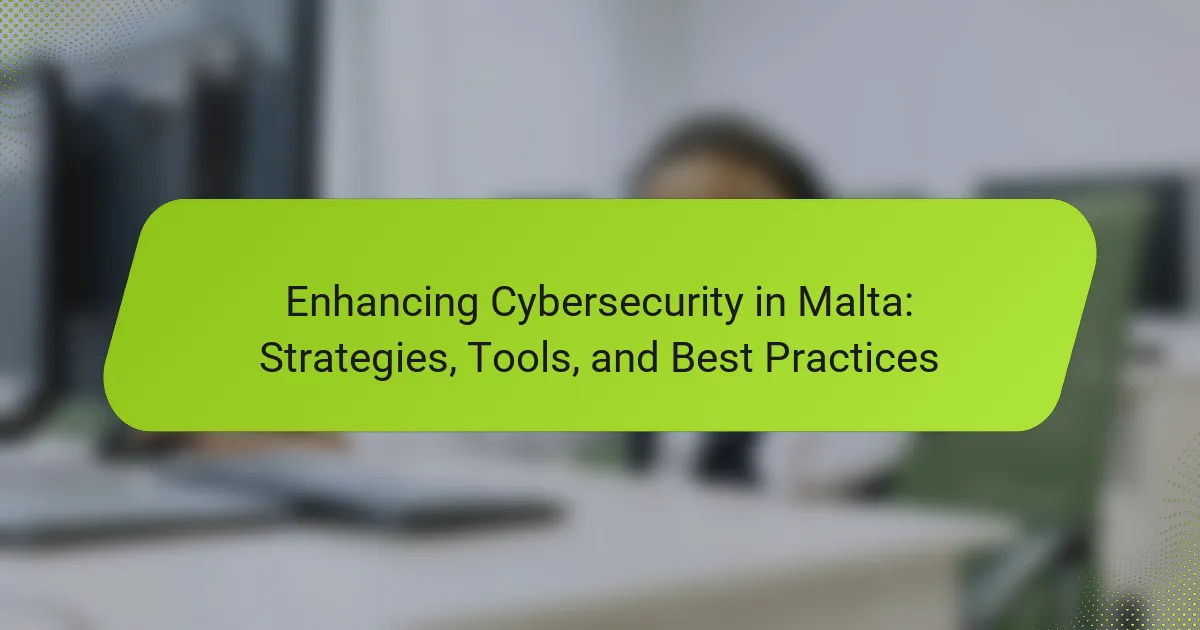
What are the current cybersecurity challenges in Malta?
Malta faces several current cybersecurity challenges. These include increasing cyberattacks targeting both public and private sectors. Ransomware incidents have surged, affecting critical infrastructure. The lack of skilled cybersecurity professionals exacerbates the situation. Additionally, outdated systems and software vulnerabilities pose significant risks. Compliance with EU regulations adds complexity for businesses. Awareness and training among employees remain insufficient. These factors collectively hinder Malta’s cybersecurity posture and resilience.
How do these challenges impact businesses and individuals?
Cybersecurity challenges negatively impact businesses and individuals by increasing the risk of data breaches. Businesses face financial losses due to theft of sensitive information. According to IBM, the average cost of a data breach in 2023 is $4.45 million. Individuals may experience identity theft, leading to financial and emotional distress. Additionally, businesses may suffer reputational damage, resulting in loss of customer trust. Individuals may also face disruptions in their daily lives due to compromised personal data. The rise in cyberattacks highlights the need for enhanced cybersecurity measures for protection.
What are the most common types of cyber threats faced in Malta?
Malta faces several common types of cyber threats. Phishing attacks are prevalent, targeting individuals and organizations to steal sensitive information. Ransomware incidents have also increased, where attackers encrypt data and demand payment for its release. Malware infections are frequently reported, compromising systems and data integrity. Distributed Denial of Service (DDoS) attacks disrupt online services by overwhelming them with traffic. Additionally, social engineering tactics are employed to manipulate individuals into divulging confidential information. According to the Malta Cyber Security Strategy 2021-2025, these threats have been on the rise, necessitating enhanced cybersecurity measures.
Why is it essential to address these challenges promptly?
Addressing cybersecurity challenges promptly is essential to protect sensitive data. Delays can lead to data breaches, which affect individuals and organizations. According to the 2022 Cybersecurity Report, 60% of small businesses close within six months of a cyberattack. Immediate action reduces vulnerabilities and mitigates potential damage. Timely responses also help maintain trust with customers and stakeholders. Furthermore, regulatory compliance often requires swift action to avoid penalties. In Malta, the growing digital economy makes prompt cybersecurity measures even more critical. Addressing these challenges quickly can prevent significant financial losses and reputational harm.
What are the key strategies for enhancing cybersecurity in Malta?
Key strategies for enhancing cybersecurity in Malta include implementing robust regulatory frameworks and promoting public-private partnerships. The Maltese government has established the National Cyber Security Strategy to guide these efforts. Regular training and awareness programs for employees are crucial in mitigating human error. Investment in advanced security technologies, such as intrusion detection systems, strengthens defenses against cyber threats. Collaboration with international cybersecurity organizations enhances knowledge sharing and resource access. Regular security assessments and audits help identify vulnerabilities. Lastly, fostering a culture of cybersecurity within organizations ensures long-term resilience against cyber attacks.
How can organizations develop a robust cybersecurity policy?
Organizations can develop a robust cybersecurity policy by first assessing their specific security needs. This involves identifying assets, vulnerabilities, and potential threats. Next, organizations should establish clear objectives for their cybersecurity efforts. These objectives must align with overall business goals.
Additionally, organizations should create a framework that outlines roles and responsibilities for cybersecurity. This framework should include guidelines for incident response and data protection. Regular training and awareness programs for employees are essential to reinforce the policy.
Furthermore, organizations must implement technical controls, such as firewalls and encryption, to protect sensitive information. Regular audits and updates to the policy are necessary to adapt to evolving threats. Studies show that organizations with comprehensive cybersecurity policies are 50% less likely to experience data breaches.
What role does employee training play in cybersecurity enhancement?
Employee training plays a critical role in enhancing cybersecurity. It equips employees with the knowledge to recognize and respond to cyber threats. Trained employees are less likely to fall victim to phishing attacks and social engineering tactics. According to a study by IBM, human error accounts for 95% of cybersecurity incidents. Regular training updates ensure that staff are aware of the latest threats and best practices. Organizations that invest in cybersecurity training can reduce the risk of breaches significantly. For instance, companies that conduct regular training see a 70% decrease in security incidents. Employee training fosters a culture of security awareness within the organization. This proactive approach helps in building resilience against cyber threats.

What tools are available for improving cybersecurity in Malta?
Malta has various tools available for improving cybersecurity. These include advanced firewalls, intrusion detection systems, and antivirus software. Additionally, encryption tools protect sensitive data from unauthorized access. Security information and event management (SIEM) systems help monitor and analyze security incidents. Multi-factor authentication enhances user access security. Regular vulnerability assessment tools identify and mitigate potential weaknesses. Cybersecurity training platforms educate employees on best practices. The Malta Cyber Security Agency provides resources and guidelines for organizations.
How do cybersecurity tools differ in functionality and purpose?
Cybersecurity tools differ in functionality and purpose based on their specific roles in protecting systems. Some tools focus on threat detection, such as intrusion detection systems (IDS), which monitor network traffic for suspicious activities. Others prioritize prevention, like firewalls, which block unauthorized access to networks.
Additionally, some tools are designed for data protection, such as encryption software, which secures sensitive information. Malware protection tools, including antivirus software, identify and eliminate malicious software.
The purpose of these tools varies; some aim to enhance visibility into network activities, while others focus on compliance with regulations. Each tool addresses unique aspects of cybersecurity, contributing to a comprehensive security posture.
What are the most effective antivirus and anti-malware solutions?
The most effective antivirus and anti-malware solutions include Bitdefender, Norton, and Kaspersky. Bitdefender offers advanced threat protection and consistently ranks high in independent lab tests. Norton provides robust security features and excellent malware detection rates. Kaspersky is known for its strong performance against various types of malware. According to AV-Test, these solutions have achieved high scores for protection, performance, and usability. Their effectiveness is supported by user reviews and industry recognition.
How can firewalls be optimized for better protection?
Firewalls can be optimized for better protection by implementing advanced configurations and monitoring techniques. Regularly updating firewall rules ensures that only necessary traffic is allowed. Utilizing intrusion detection and prevention systems enhances the capability to block malicious activities. Configuring firewalls to segment networks limits potential breaches to isolated areas. Enabling logging and monitoring provides insights into traffic patterns and potential threats. Conducting periodic security audits identifies vulnerabilities in firewall settings. Training staff on firewall management promotes awareness of best practices. According to a study by the National Institute of Standards and Technology, proper configuration and regular updates are crucial for maintaining effective firewall protection.
What role do encryption and data protection tools play?
Encryption and data protection tools play a crucial role in safeguarding sensitive information. They ensure that data is unreadable to unauthorized users. Encryption transforms data into a coded format that can only be accessed with the correct decryption key. This process protects data during transmission and storage. Data protection tools, such as firewalls and antivirus software, complement encryption by preventing unauthorized access and detecting threats. According to a report by Cybersecurity Ventures, global cybercrime costs are expected to reach $10.5 trillion annually by 2025, highlighting the need for robust data protection measures. Implementing these tools significantly reduces the risk of data breaches and enhances overall cybersecurity resilience.
How does encryption safeguard sensitive information?
Encryption safeguards sensitive information by converting it into a coded format. This process makes the data unreadable to unauthorized users. Only individuals with the correct decryption key can access the original information. Encryption employs algorithms to secure data in transit and at rest. For example, AES (Advanced Encryption Standard) is widely used to protect sensitive data. According to a report by the Ponemon Institute, 77% of organizations believe encryption is essential for data protection. This statistic underscores the importance of encryption in maintaining data confidentiality and integrity.
What are the best practices for implementing data protection measures?
The best practices for implementing data protection measures include conducting regular risk assessments. This helps identify vulnerabilities in data handling processes. Organizations should also enforce strong access controls to limit data exposure. Encryption of sensitive data is essential to prevent unauthorized access. Regularly updating software and systems protects against known vulnerabilities. Employee training on data protection policies is crucial for compliance. Implementing data backup solutions ensures data recovery in case of breaches. Finally, establishing incident response plans prepares organizations for potential data breaches.

What best practices should organizations follow for cybersecurity?
Organizations should implement strong password policies to enhance cybersecurity. This includes requiring complex passwords and regular updates. Multi-factor authentication should be utilized to add an extra layer of security. Regular software updates and patch management are essential to protect against vulnerabilities. Employee training on cybersecurity awareness is crucial for preventing social engineering attacks. Data encryption should be enforced to safeguard sensitive information. Regular audits and assessments of security protocols help identify weaknesses. Incident response plans must be established to address potential breaches effectively.
How can regular security audits improve overall cybersecurity posture?
Regular security audits enhance overall cybersecurity posture by identifying vulnerabilities and weaknesses in systems. They provide a systematic evaluation of security measures in place. This process allows organizations to address potential threats proactively. Regular audits help ensure compliance with industry standards and regulations. They can uncover misconfigurations or outdated software that may pose risks. Additionally, audits facilitate the implementation of best practices and security controls. According to a study by the Ponemon Institute, organizations conducting regular audits reduce the risk of data breaches by up to 30%. Thus, regular security audits are essential for maintaining a robust cybersecurity framework.
What steps should be taken during a security audit?
Conducting a security audit involves several key steps. First, define the scope of the audit. This includes identifying the systems, networks, and data to be reviewed. Next, gather relevant documentation such as security policies and procedures. Assess the current security posture by evaluating existing controls and identifying vulnerabilities. Perform a risk assessment to understand potential threats and their impact. Test security measures through [censured] testing or vulnerability scanning. Finally, compile findings into a report that outlines weaknesses and provides recommendations for improvement. Each of these steps is critical for ensuring comprehensive security evaluation and enhancing overall cybersecurity.
How often should organizations conduct these audits?
Organizations should conduct cybersecurity audits at least annually. This frequency allows for timely identification of vulnerabilities. Regular audits help adapt to evolving threats. Compliance requirements often mandate annual reviews. Some organizations may benefit from semi-annual audits. High-risk sectors might require quarterly assessments. Continuous monitoring can enhance overall security posture. Adopting a proactive approach is essential for effective risk management.
What are the key components of an incident response plan?
An incident response plan consists of several key components. These components include preparation, identification, containment, eradication, recovery, and lessons learned. Preparation involves establishing policies and procedures for responding to incidents. Identification focuses on detecting and confirming security incidents. Containment aims to limit the impact of the incident on systems and data. Eradication involves removing the cause of the incident from the environment. Recovery ensures that affected systems are restored to normal operations. Lessons learned encompass reviewing the incident to improve future response efforts. Each component plays a crucial role in effectively managing cybersecurity incidents.
How can organizations prepare for potential cybersecurity incidents?
Organizations can prepare for potential cybersecurity incidents by implementing a comprehensive cybersecurity strategy. This includes conducting regular risk assessments to identify vulnerabilities. Training employees on cybersecurity best practices is essential. Organizations should establish an incident response plan that outlines specific actions during a breach. Regularly updating software and systems helps mitigate risks. Additionally, organizations should back up data frequently to ensure recovery after an incident. Utilizing security tools like firewalls and intrusion detection systems enhances protection. According to a 2021 Cybersecurity Breaches Survey, 39% of businesses experienced a cyber attack, emphasizing the need for preparedness.
What should be included in the communication plan during an incident?
A communication plan during an incident should include key elements. It must define the roles and responsibilities of the communication team. This ensures clarity in who communicates what information. The plan should outline the target audience for communications. This includes stakeholders, employees, and the public.
The communication channels to be used must be specified. These can include email, social media, and press releases. The timing of communications is crucial and should be detailed. This ensures timely updates during the incident.
Additionally, the plan should include message templates. These templates facilitate consistent messaging across different platforms. Finally, it should establish a feedback mechanism. This allows for adjustments based on audience response.
What practical tips can enhance cybersecurity for individuals and businesses in Malta?
Implementing strong password policies enhances cybersecurity for individuals and businesses in Malta. Use complex passwords that include letters, numbers, and symbols. Change passwords regularly to reduce risk exposure. Enable two-factor authentication for an additional security layer. Regularly update software and systems to protect against vulnerabilities. Educate employees about phishing attacks and safe online practices. Conduct regular security audits to identify and address weaknesses. Back up data frequently to prevent loss in case of an attack. These measures significantly reduce the likelihood of cyber incidents.
How can individuals protect their personal information online?
Individuals can protect their personal information online by using strong, unique passwords for each account. Passwords should be at least 12 characters long and include a mix of letters, numbers, and symbols. Two-factor authentication (2FA) adds an extra layer of security. It requires not just a password but also a second verification method. Regularly updating software and applications helps patch vulnerabilities. Individuals should also be cautious about sharing personal information on social media. Privacy settings should be adjusted to limit who can see this information. Using a virtual private network (VPN) can secure internet connections, especially on public Wi-Fi. According to a 2020 survey by the Pew Research Center, 81% of Americans feel they have little control over their personal information online. This highlights the importance of proactive measures to safeguard privacy.
What steps can small businesses take to bolster their cybersecurity defenses?
Small businesses can bolster their cybersecurity defenses by implementing several key strategies. First, they should conduct regular security assessments to identify vulnerabilities. This helps in understanding potential risks. Next, businesses must invest in robust antivirus and anti-malware solutions. These tools protect against various cyber threats.
Implementing firewalls is also essential. Firewalls act as barriers between trusted internal networks and untrusted external sources. Additionally, businesses should ensure that all software is up to date. Regular updates patch security vulnerabilities.
Employee training is crucial as well. Educating staff about phishing scams and safe online practices reduces human error. Finally, creating a comprehensive incident response plan prepares businesses for potential breaches. According to the Cybersecurity & Infrastructure Security Agency, having a plan in place can significantly reduce response time and damage.
The main entity of the article is cybersecurity in Malta. The article addresses current cybersecurity challenges faced by Malta, including rising cyberattacks, ransomware incidents, and a shortage of skilled professionals. It examines the impact of these challenges on businesses and individuals, highlighting the financial and reputational risks involved. Key strategies for enhancing cybersecurity are discussed, such as implementing regulatory frameworks, employee training, and using advanced security tools. Additionally, the article outlines best practices for organizations and individuals to protect sensitive information and improve overall cybersecurity resilience.
